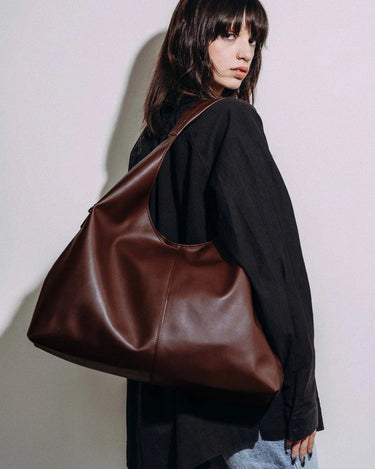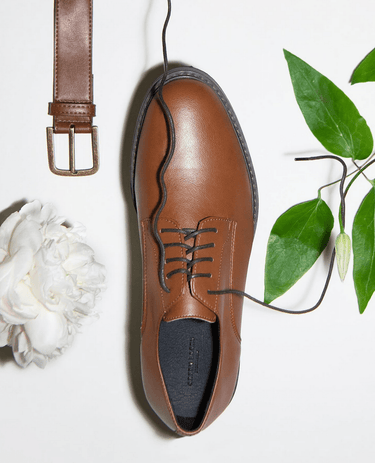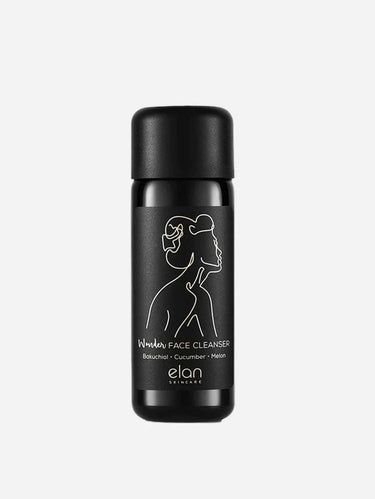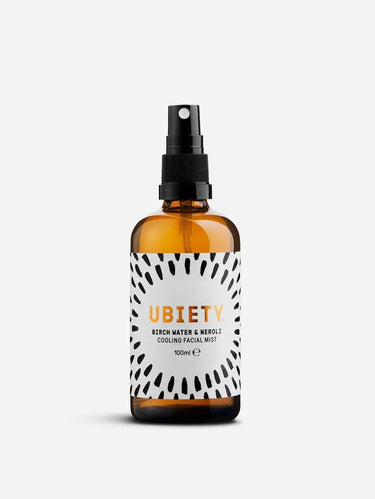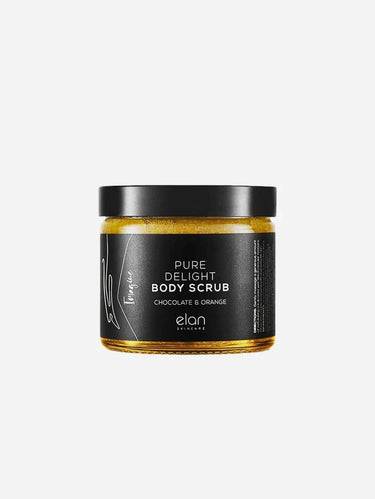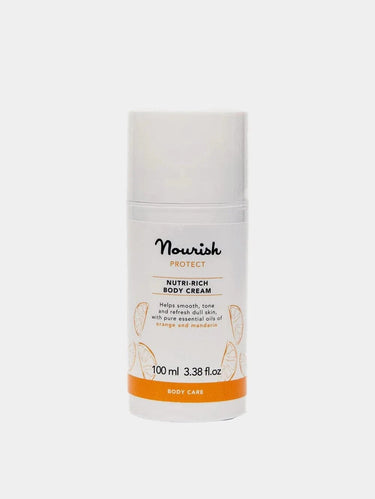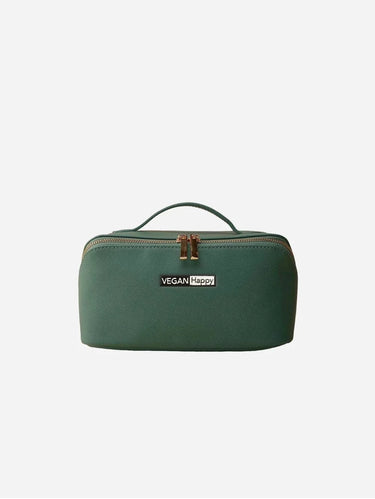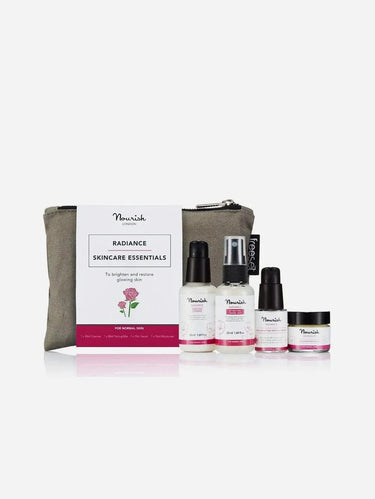Vegan Beauty
Respect and care for your skin with exceptional natural beauty products, using the highest quality plant-based ingredients designed for healthy and radiant skin. All of our vegan brands have been personally tested by the Immaculate team, and use intelligent formulations that really work.
Our vegan beauty products make great gifts to promote self-care and environmental awareness; for more sustainable and thoughtful gift ideas, visit our vegan gifts page.
